Survey Parameters
Loza Radar Australia (“LRA”) was contracted by Krakatoa to undertake deep ground penetrating radar (“DGPR”) surveys to map the sub-surface geology and provide evidence of favourable hosting environments for mineralisation at the historic Britannia Mine within the Turon Project, located 35km north of Bathurst, NSW. Loza Radar uses Deep GPR Loza, a ground scanning device designed for studying subsurface structure at depths from a few metres to hundreds of metres.
The Britannia survey comprised a total of 8 lines for 3,448 metres on a line spacing of ~70m (Figure 1; Table 1). The survey equipment and general configurations and parameters were discussed previously (see ASX announcement 9 June 2020).

Figure 1 – Britannia Mine and DGPR Survey area, Turon Project.
The historic Britannia Mine was chosen as a case study for the broader application of DGPR at Turon because:
-
It produced ~10,000oz of gold over a small area implying the presence of high-grade gold mineralisation
-
BHP drilled three vertical holes (for 199m), and extensively sampled surface and underground workings, mullock and chip sampling all veining and host lithologies in the Britannia Mine in the late 1980s
-
Chip samples along adit walls by BHP outlined a coherent remnant zone (approximately 20m in strike) of high-grade mineralisation with five samples exceeding 2.5g/t, including 4.46g/t, 6.87g/t, 10.2 g/t and a peak value of 60g/t Au.
-
The Britannia geology bears many similarities in terms of host-rocks, structural-style and mineralisation-style to other turbidite-hosted gold deposits, including the nearby Hill End gold deposit and the Bendigo-Ballarat zone in central Victoria (e.g. Fosterville)

Table 2 – Located rock chip data (previously announced, see ASX 25/11/2019)
BHP targeted through drilling stacked saddle reef and related gold mineralisation. Drilling sought extensions both north and south of the main mineralised zone, which is associated with a south-plunging, upright, tight anticline.
The mineralisation reportedly consists of saddle veins several metres thick at the crest of the anticline that decrease in width down the legs. Stockwork ‘spur’ zones extend up to 2m into the hanging wall zone.
Of the three holes BHP drilled, only TD1, the middle hole, intersected significant quartz veining producing a grade of 0.43g/t gold from a single two-metre composite sample.

Table 3 – BHP Drilling (previously announced, see ASX 25/11/2019)
DGPR Results
The DGPR interpretation across Britannia identified two critical anomalies thought to coincide with structurally-controlled quartz veining. Their relative depth distinguishes the anomalies with a shallower anomaly that directly corresponds with the historic Britannia workings, and a deeper anomaly offset from the known mineralisation which remains untested (Figure 2). Line profiles with their interpretation are presented in Appendix 1.
The Britannia anomaly (green hatching) immediately north of the mine is offset to the west by between 50 to 75m. Drag movements along the fault plane are implied within the DGPR response imparting a sigmoidal offset geometry to the target zone. Interestingly, BHP drilling may validate this interpretation as the central hole TD1 intersected mineralisation, whereas holes TD2 and TD3 both missed.
The association between the DGPR response with mineralisation is best exemplified by Line B4, which passed directly over the old workings and hole TD1. The response displays the disturbed ground associated with the underground workings and a near-vertical structure on the anticlinal hinge of a tight fold. The conductive response is perceivably related to quartz with minor sulphide or other materials. Interestingly, BHP identified sulphides such as galena and pyrite in the gold-rich veins.
The deeper anomaly (red hatching), which coincidently is considered as the stronger of two, perhaps represents a parallel system that remains open in all directions and is untested by modern exploration with no evidence of historical mine workings or prospecting. The length of the identified structure exceeds 300m and ranges in width from less than 5m and up to 40m. The distinctive response associated with the referenced structure is best seen on lines B5 and B7. The same structure on line B6 and B8 is narrower and weaker, supporting the pinch and swell of veining. The DGPR signature suggests a quartz zone with sulphides or other material.
The survey identified several other near-vertical or steeply-dipping structures that have corresponding significantly broad anomalous zones related to alteration of the host beds in the country-rock. DGPR patterns likened to those resulting from stockwork veins are observed on some lines (e.g. B5).

Figure 2 – Britannia Mine DGPR Survey interpretation, Turon Project.
The Company is encouraged by the survey response and takes assurance in the coincidence between DGPR response with the historical workings, known veining and drill-intersected mineralisation. The Company anticipates more than a technical success and will implement a drill program as soon as practicable.
See full ASX announcement as at 23/6/2020.
https://www.asx.com.au/asxpdf/20200623/pdf/44jvmt3gfzwnyd.pdf


